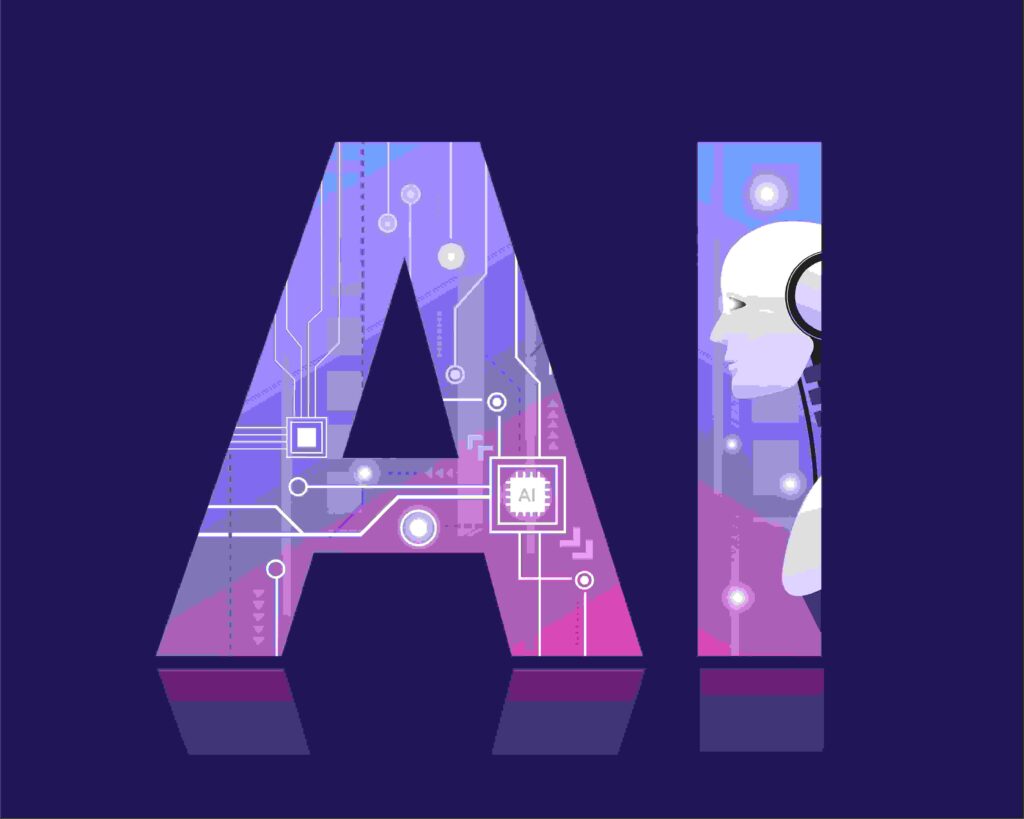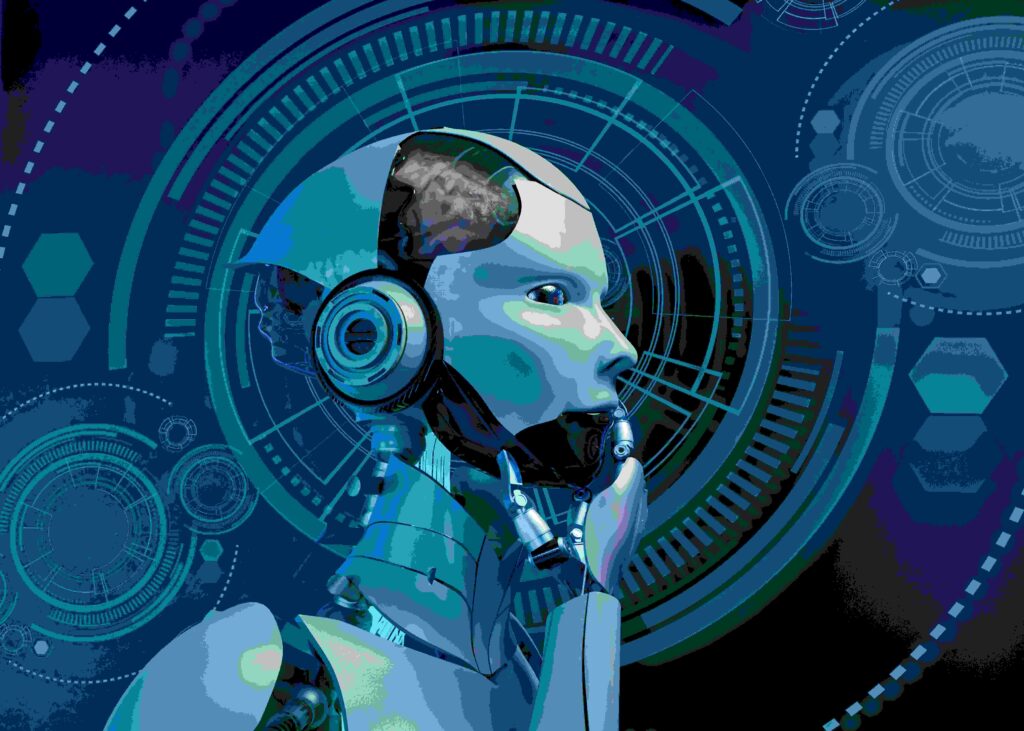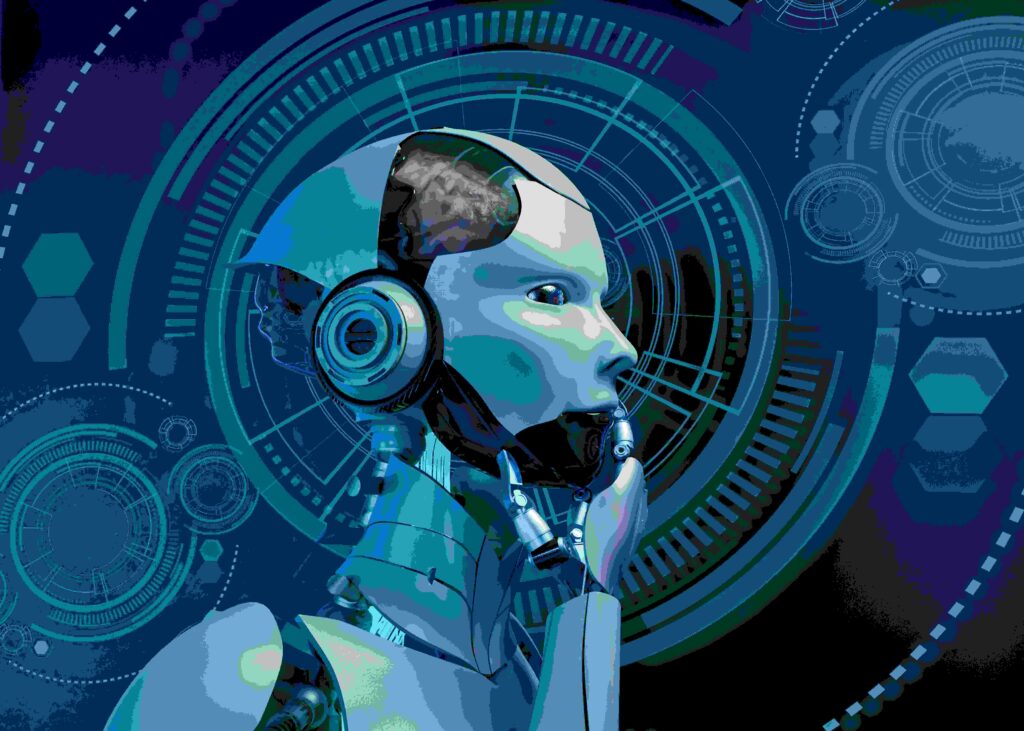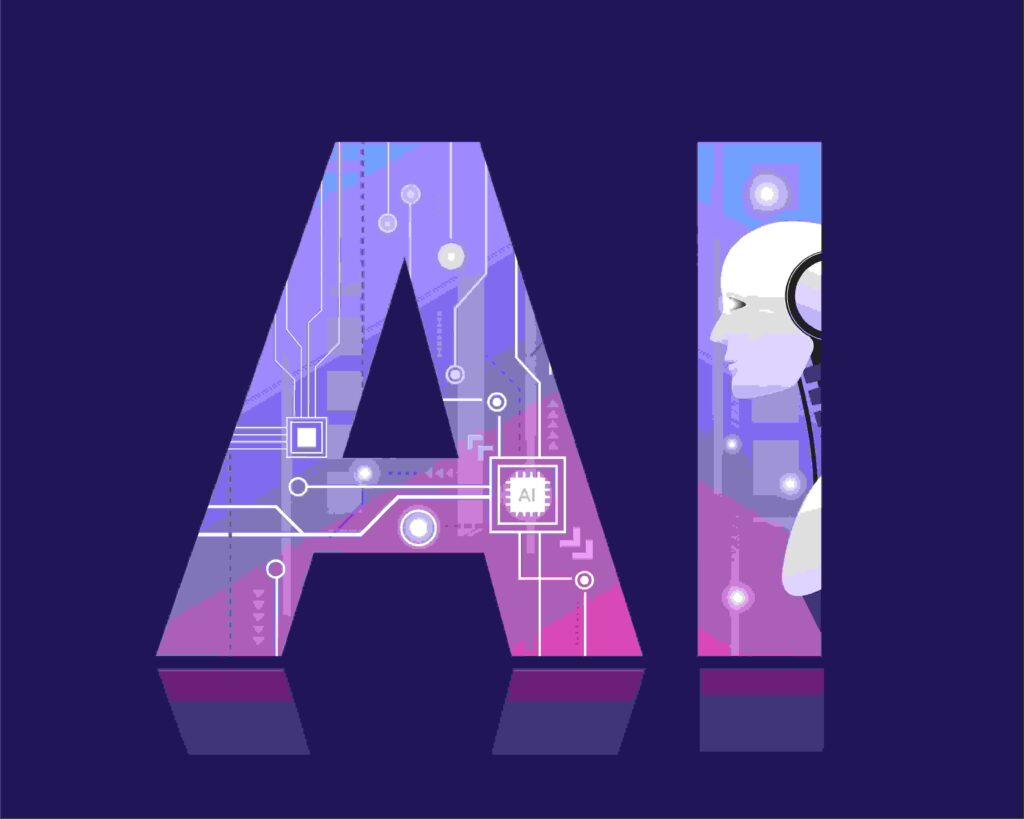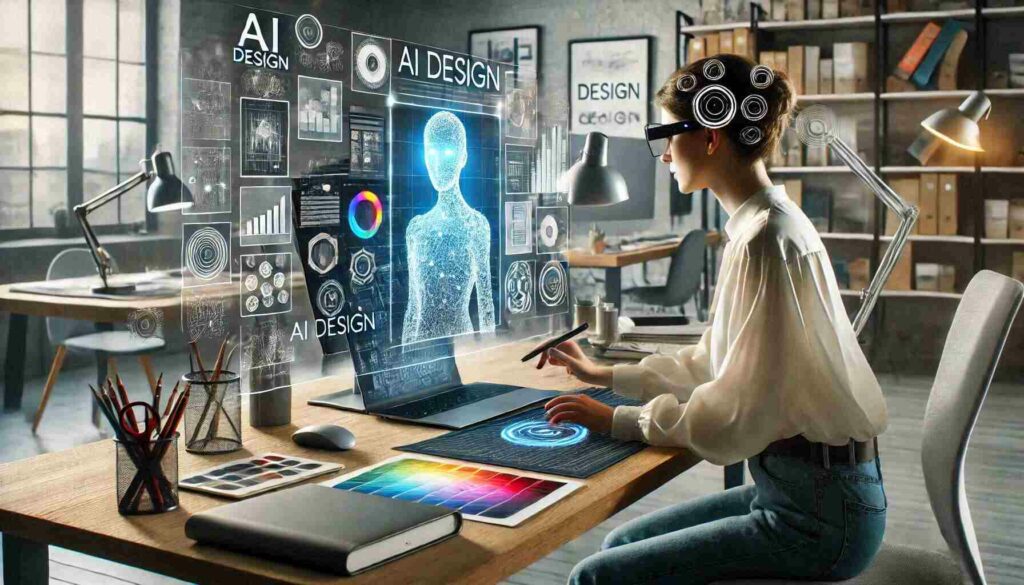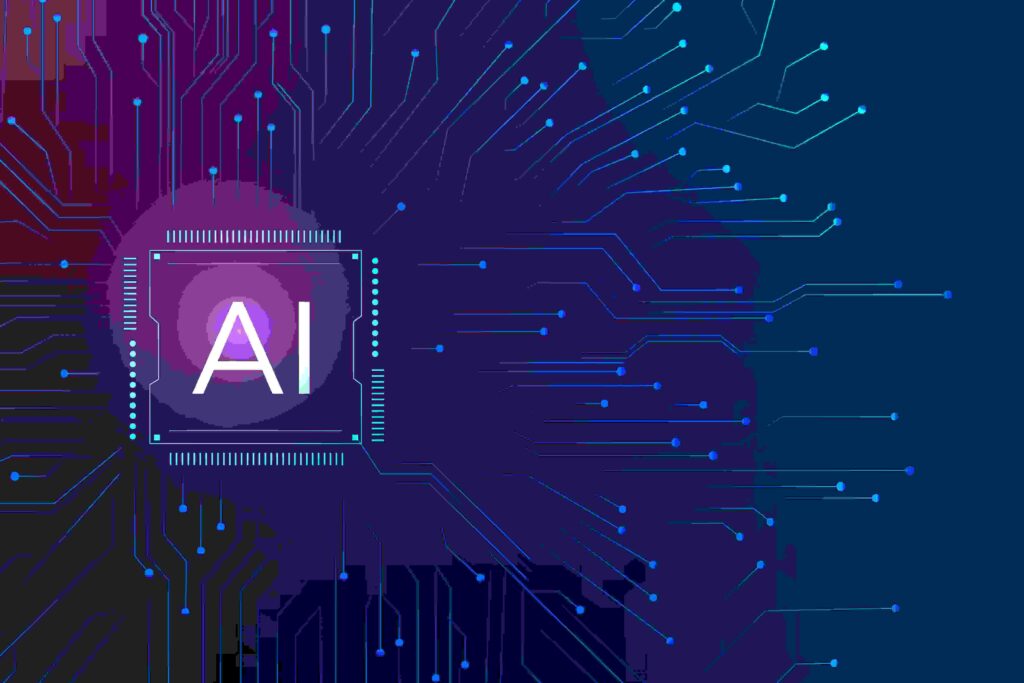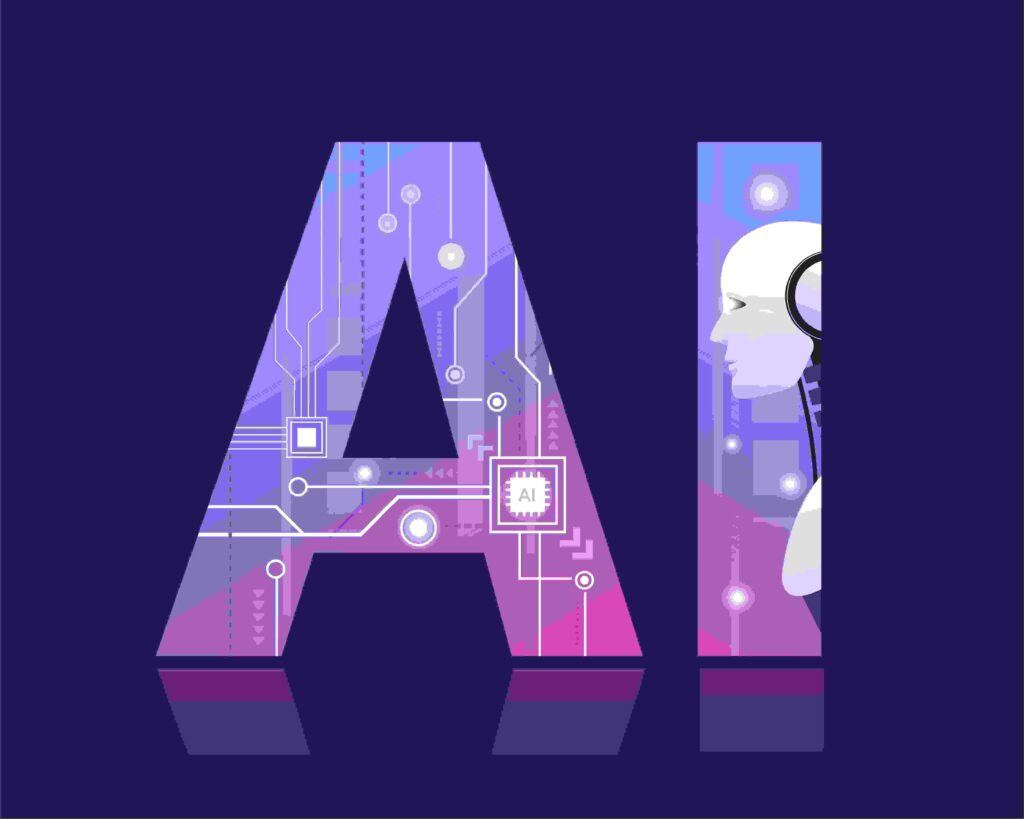
Become an AI Project Manager and take charge of cutting-edge technology projects that shape the future. As artificial intelligence continues to revolutionize industries, companies are seeking skilled professionals to manage AI-driven initiatives effectively. This role requires a blend of technical expertise, strategic planning, and leadership skills to oversee AI development, deployment, and optimization. Whether you’re an aspiring project manager or an experienced professional looking to specialize in AI, this career path offers immense growth opportunities in a rapidly evolving digital landscape.
This article explores the skills, responsibilities, tools, challenges, and future trends in AI project management, providing a roadmap for aspiring AI project managers.

Why Become an AI Project Manager?
AI project managers are pivotal in bridging the gap between technology and business objectives. Here’s why this role is critical:
- Increased Demand: Organizations across industries are adopting AI, creating a surge in demand for professionals who can manage complex AI projects.
- Strategic Impact: AI project managers play a key role in aligning AI initiatives with organizational goals.
- Career Growth: With competitive salaries and opportunities to lead innovative projects, the role offers immense career potential.
External Resource: Learn more about How AI will transforming project management ay Harvand Business Review
Key Skills to Master for AI Project Management
1. Technical Knowledge
- Familiarize yourself with AI concepts like machine learning, natural language processing, and data analytics.
- Gain an understanding of AI frameworks and tools such as TensorFlow and PyTorch.
2. Project Management Expertise
- Master project management methodologies like Agile and Scrum to ensure efficient delivery.
- Learn to manage timelines, budgets, and resources effectively.
3. Data Literacy
- Develop skills to interpret datasets, assess AI model performance, and collaborate with data scientists.
4. Leadership and Communication
- Lead cross-functional teams and communicate complex AI concepts to non-technical stakeholders.
5. Ethical Awareness
- Address ethical considerations like bias in AI algorithms and ensure compliance with regulations.
Responsibilities of an AI Project Manager
1. Defining Project Goals
- Translate business requirements into AI project objectives.
2. Resource Allocation
- Manage data, tools, and teams to meet project milestones.
3. Collaboration with Stakeholders
- Act as a bridge between developers, data scientists, and business leaders.
4. Monitoring Progress
- Track AI model performance, ensuring accuracy and reliability.
5. Risk Management
- Mitigate risks related to data quality, model biases, and implementation challenges.
Tools for AI Project Management
- JIRA: For tracking progress in Agile projects.
- Trello: To organize tasks and improve team collaboration.
- Tableau: For data visualization and performance tracking.
- MLflow: To manage machine learning lifecycles.
External Resource: Learn about best project management software and tools at Techtarget
Challenges in AI Project Management
1. Data Quality
AI relies on high-quality data for accuracy. Managing data inconsistencies can be challenging.
2. Skill Gaps
Bridging the gap between technical and non-technical teams requires a broad skill set.
3. Rapid Technological Changes
Staying updated with evolving AI tools and technologies is crucial.
4. Ethical and Regulatory Concerns
Ensuring compliance with laws like GDPR while addressing AI biases is a persistent challenge.
Future Trends Shaping AI Project Management
1. Automated Project Management Tools
AI-driven tools will streamline project tracking and task assignments.
2. Explainable AI (XAI)
Ensuring AI systems are interpretable and trustworthy will be a focus area for project managers.
3. AI-Powered Collaboration Platforms
Platforms that use AI to facilitate team collaboration and decision-making will gain popularity.
4. Focus on Sustainability
AI projects will increasingly prioritize environmental and social impact.

Steps to Become an AI Project Manager
1. Learn AI Fundamentals
Start with a foundational understanding of AI technologies and their applications.
2. Develop Project Management Skills
Master Agile, Scrum, and other project management frameworks.
3. Gain Hands-On Experience
Work on AI projects in collaboration with data scientists and developers.
4. Stay Updated on AI Trends
Follow AI journals, blogs, and industry reports to stay ahead.
Conclusion
To become an AI project manager is to lead the charge in transforming industries through technology. By mastering the necessary technical and managerial skills, you can bridge the gap between innovation and implementation, creating meaningful impact in the world of AI.










